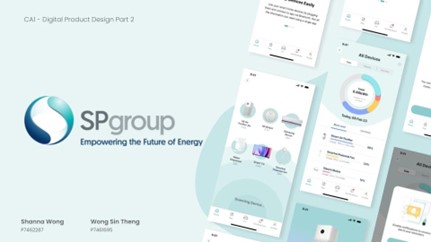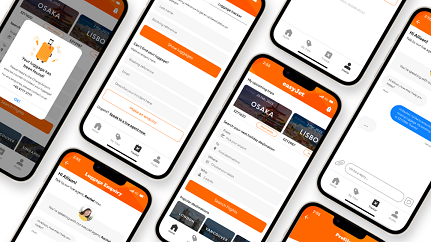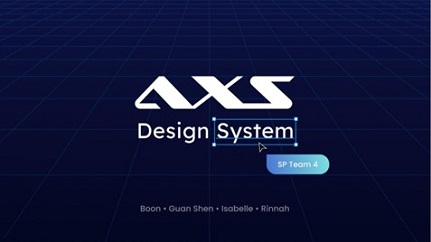
20 Apr 2026 to 31 Mar 2027
1 Dec 2025 to 1 Mar 2026
Every Tuesday & Thursday, 7:00PM - 10:00PM, with 1 asynchronous E-Learning per week.
Face-to-Face (Classroom Teaching)
Please note that once the maximum class size is reached, online registration will be closed. You may register your interest and be notified when there is a new run.
Class schedule:
Module 1 and Module 2 (PDC 1)
Every Monday and Wednesday
6pm – 7pm (Self-directed online learning)
7pm – 10pm (Face-to-face learning)
Module 3 and Module 4 (PDC 2)
Every Tuesday and Thursday
6pm – 7pm (Self-directed online learning)
7pm – 10pm (Face-to-face learning)
Course Duration:
240 hours (11 months)
Please refer to Academic Calendar.
Enquiries
For course specific details, please contact the course manager:
For other enquiries, please email to ptenquiry@sp.edu.sg
.png?sfvrsn=bfccbf55_1)
This Specialist Diploma is designed to provide a comprehensive education in UI & UX and consists of two modular Post Diploma Certificate (PDC) programs that can be completed over two semesters (1 year). Each PDC is composed of two modules, with classes held twice a week in evenings.
We have adopted a blended learning approach combining Synchronous and Asynchronous curated content with engaging Project-Based Learning. Through this approach, you will have the opportunity to collaborate with peers, participate in presentations, and gain a well-rounded learning experience.
To fully participate in the course, it is mandatory for all participants to have laptop computers and smartphones. However, necessary software will be provided (Free-of-Charge) to meet software requirements, throughout the course's duration.
Let's take a closer look at the course structure:
PDC1 Certificate in User Experience Design
Module 1 – User Experience Design
Module 2 – User Experience Research
In the PDC1 Certificate in User Experience Design, we explore principles and methodologies. You will learn how to create intuitive and user-centred experiences. Additionally, we will delve into User Experience Research, gathering valuable insights about users and their needs.
PDC2 Certificate in Digital Product Design
Module 3 – Digital Product Design
Module 4 – User Interface Design
In the PDC2 Certificate in Digital Product Design, we focus on gaining the skills to design compelling digital experiences. The modules will equip you with required knowledge and techniques to create impactful mobile apps, websites, and other digital interfaces. Following that, we will dive into UI Design, where you will learn how to craft visually appealing and user-friendly interfaces.
Please click here for Module Synopsis
Testimonials

Explore our Graduate's works

SP Energy Tracker by Shanna Wong & Wong Sin Theng
Promoting sustainable living through clear energy insights. Seamlessly syncing with the SP Group app, users effortlessly monitor appliance energy usage, pay for the right amount, and reduce their environmental footprint. Empowering informed decisions for a brighter future.

easyJet luggage tracking and enquiring service by Ezrella Kho
The easyJet app was enhanced with luggage tracking and inquiry features, following a lean UX approach. A comprehensive content audit aligned with business goals, app objectives, and user needs. Improvements were made to visual hierarchy, typography, and navigation. Haptics were proposed for notifying users about their located luggage.

AXS Design System by Tan Guan Shen, Rinnah Chua, Isabelle Tan, Koh Boon Peng
The study identified areas for improvement in AXS's design system: branding, cognitive overload, navigation issues, and lack of UI continuity across platforms. Recommendations include design principles, UI best practices, typography, brand colors, iconography, and a grid system, proven to expedite payment processes on AXS stations.

Sephora Design System by Tan Yee Yoon, Ezrella Kho, Wong Sin Theng
The study evaluated Sephora's website design and created a Design system, with a focus on improving the user interface for confident purchase decisions. The goals included keeping users in control, providing informative feedback, and simplifying complexity. This was achieved by personalizing recommended products, adding reactive reviews, reducing duplicate recommendations, and decluttering the navigation bar.
For more information on minimum entry requirements and other course details, click on the “Register” button.
Course fees are reviewed periodically and adjusted as necessary to cover the cost of education and to enable the polytechnic to continue investing in delivering high-quality education.